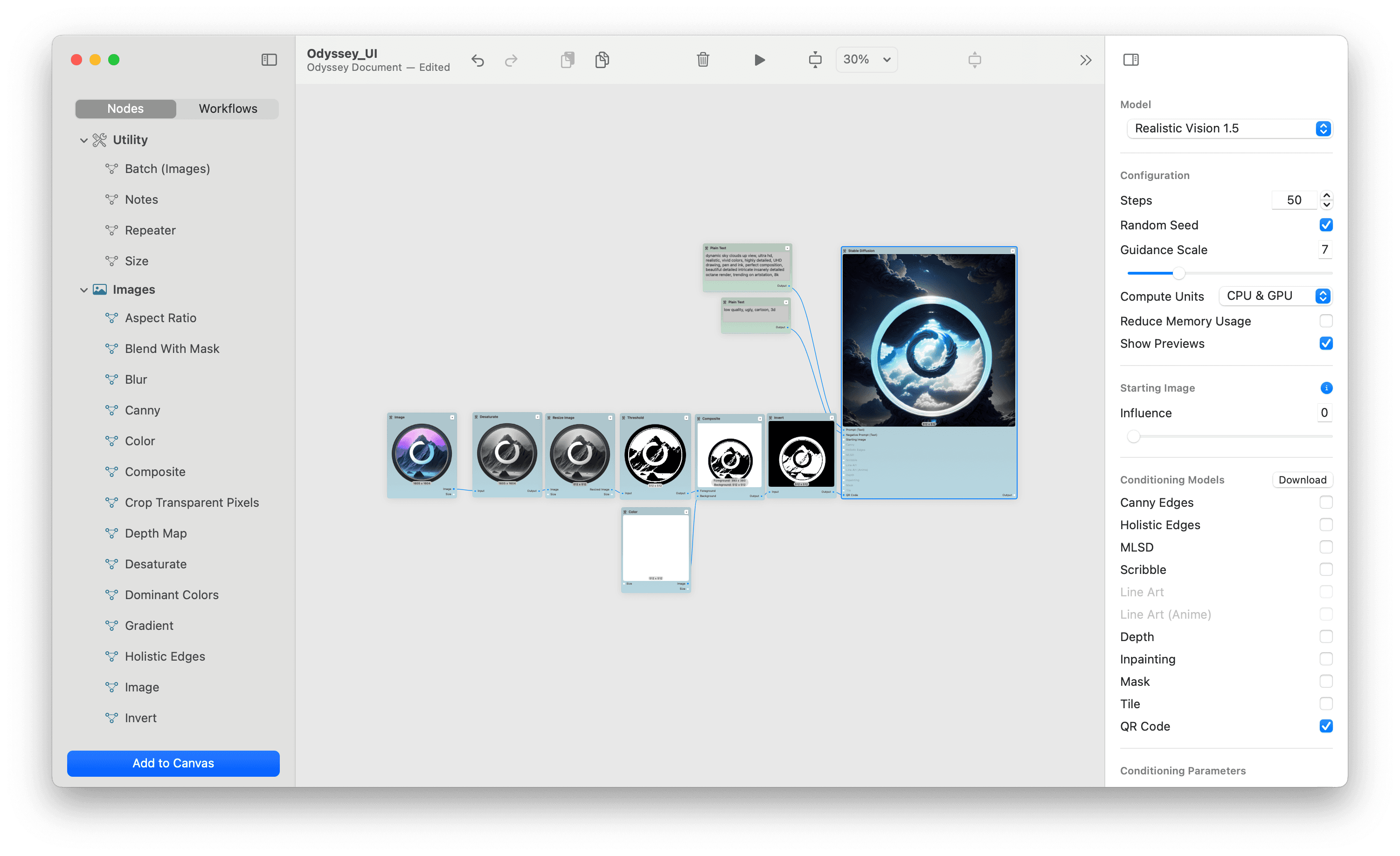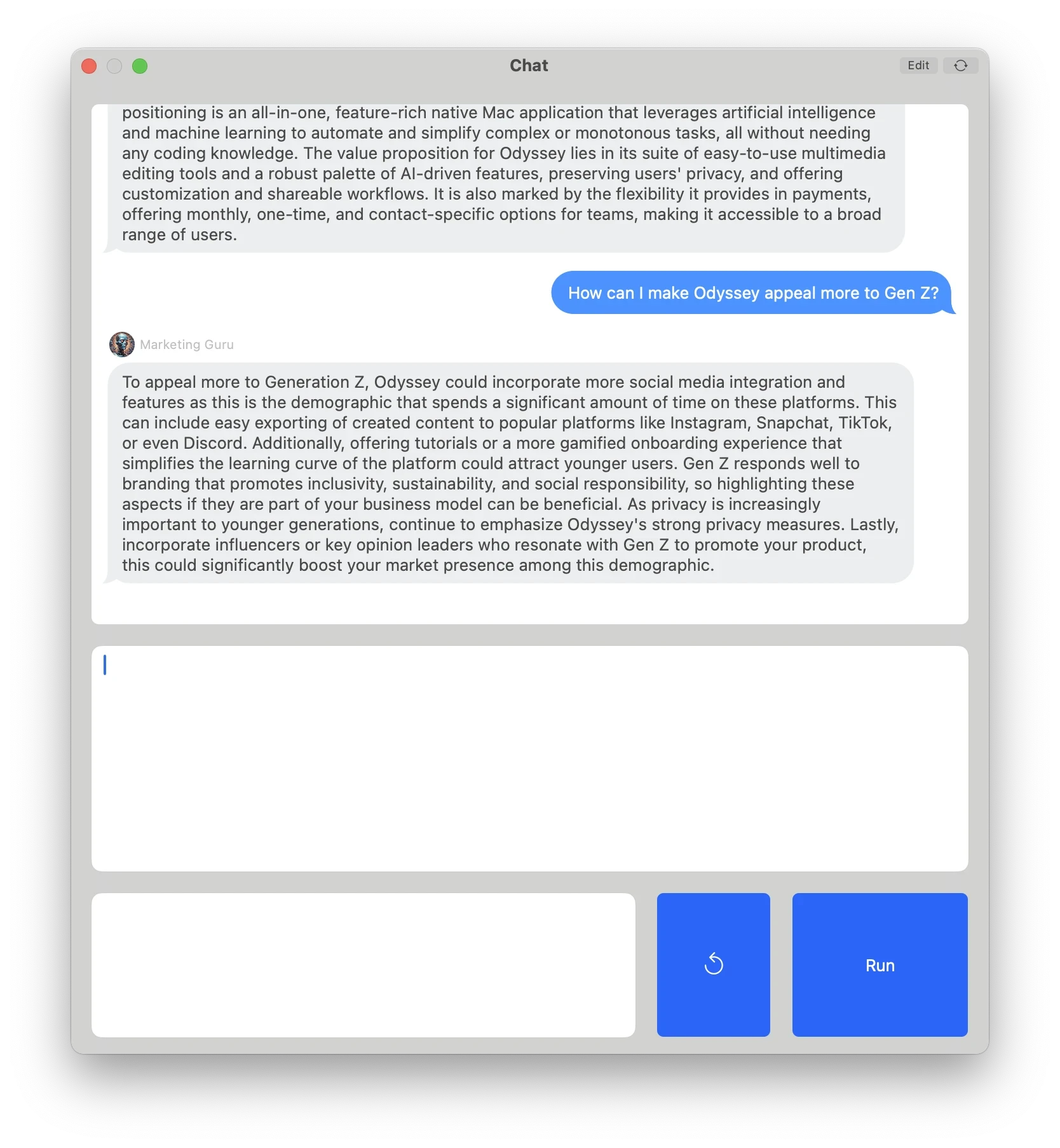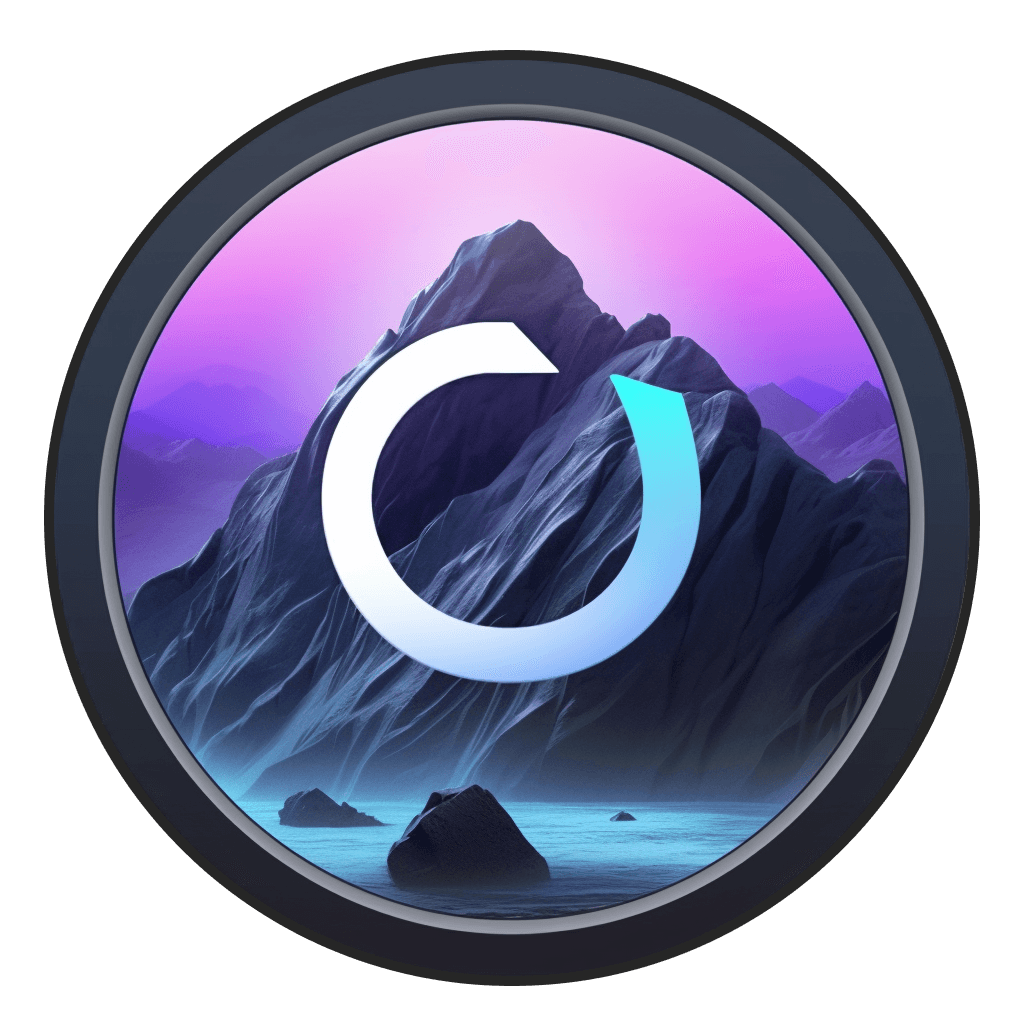Sep 23, 2024
|
4
min read
Artificial Intelligence, and specifically generative AI like large language models and generative image models, have the potential to revolutionize entire industries.
In many places, especially tech, this revolution has already started. What was once time consuming and manual is now being automated at a scale that, in the past, would have taken countless hours, budget, or staff.
In that sense, anyone that’s marketing a business and leverages AI early (and it is still early) will ostensibly have super powers. They’ll be able to scale their work, test different methods, speed up research, and grow their skillsets just by using the right tools and workflows.
Let's look at three key ways that Marketing teams can use AI today.
Scaling Content Creation

Creating unique takes on a company logo is just one way to leverage generative AI for content creation
In the past, or really for most companies today, a marketing photo shoot requires hiring photographers, models, planning a shoot, art directing a shoot, waiting for images, approving images, retouching images, and, at some point in that process, paying a lot of money. This is expensive, costly, and inefficient.
We're not saying that AI is going to replace these types of shoot - they're necessary for big, important campaigns - but sometimes you need assets cheap and fast. Look at a company like Klarna, that saved $1.5m on marketing spend in a quarter and reduced their reliance on 3rd party content agencies by 25%.
And that's just imagery! Copywriting, social posts, press releases, logo design, image upscaling & inpainting, and many, many more are all great candidates for generative AI workflows.
Research

LLMs can analyze websites, and even help you better cater your brand to a target market.
The first step toward creating a compelling marketing campaign is understanding your market. AI’s ability to analyze a large amount of data can help with this immensely. AI models like ChatGPT or open source models like Llama can digest or process large swaths of data like trend reports or research studies, giving you a full understanding of a rapidly evolving landscape and how your marketing campaign can fit.
Bulk workflows can also help you synthesize website data, analyze the positioning of your competitors, and gain a clear understanding of your target audience. For example, you can use an LLM's browser capability (or by connecting a web scraper to an LLM) you can run a list of competitor websites through a large language model and gain a full understanding of their positioning.
Analysis
Being able to "chat with your data" is one of the most exciting uses of generative AI models. What would previously take Excel wizardry or even some knowledge of SQL now just requires a spreadsheet of data and then a simple, Q&A to glean insights much faster than you ever thought possible.
This can be accomplished with models like ChatGPT or, if you don't want to send your own private data off to the cloud, local models like Llama & batch text workflows.
For marketing campaigns, this means you can efficiently compare different campaigns, track your success metrics, and synthesize data with just natural language.
Where to start
Getting started with generative AI can be daunting, which is why we think the best way is to just dive right in. Workflows like the ones we have in Odyssey are an excellent, low-risk way to try different techniques, learn about new concepts, and start leveraging AI to scale your marketing.
